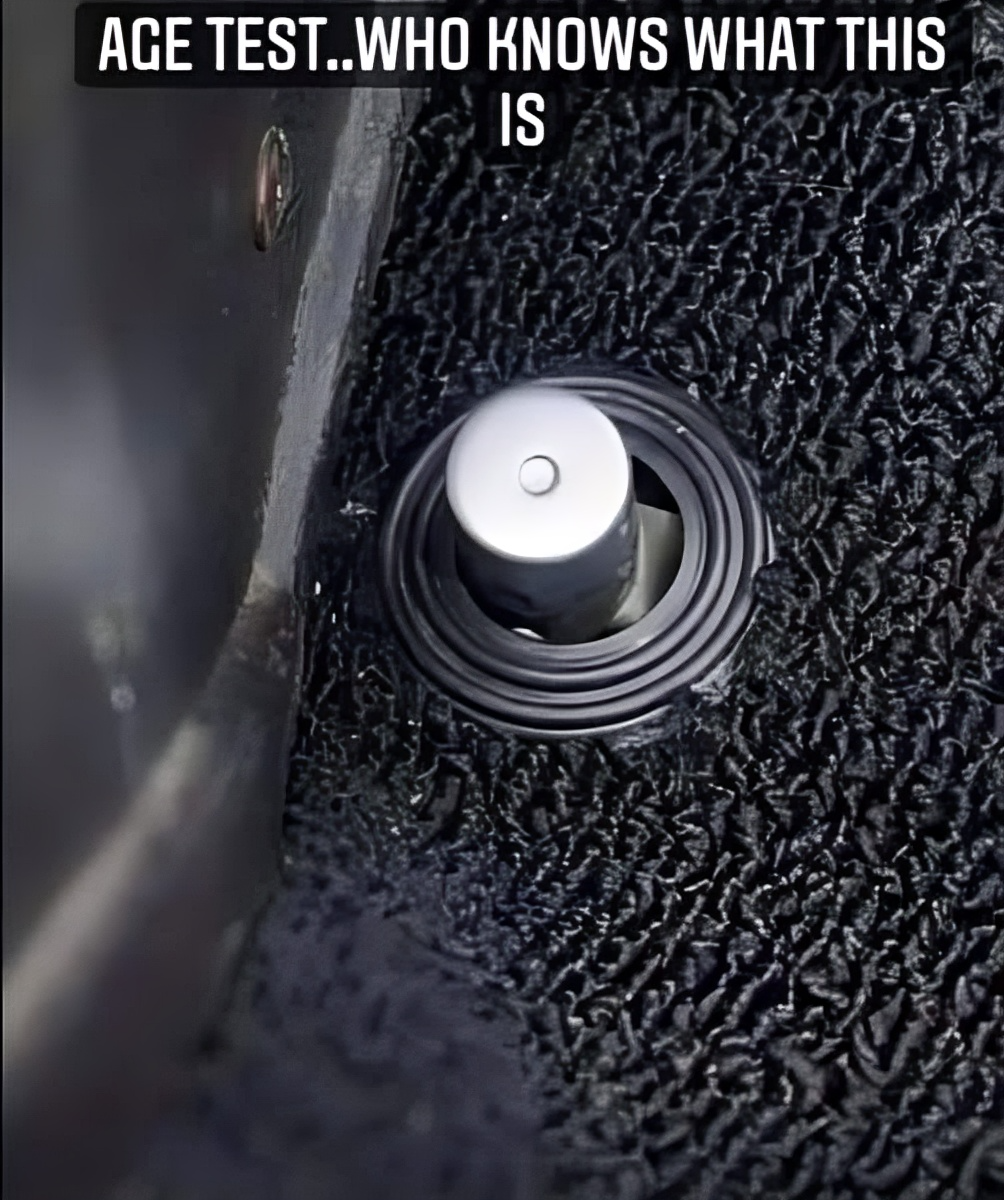Age test: Who know what is this
A groundbreaking innovation in automotive lighting technology is poised to significantly enhance both the safety and comfort of night driving. Engineers and automotive designers are now developing next-generation adaptive headlight dimmers—a sophisticated lighting system that allows drivers to manually or automatically fine-tune the brightness of their headlights in real time, rather than simply switching between high and low beams.
Unlike traditional systems that rely on binary toggles—either full beam or dipped beam—these new dimmers provide a continuous gradient of brightness levels, enabling more nuanced control over the intensity of the light being projected. This flexible lighting adjustment can dramatically reduce the risk of glare for oncoming drivers, while still ensuring that the driver retains adequate visibility of the road ahead. In essence, it strikes a balance between visibility and courtesy, something older lighting systems often struggle to do.
What makes this innovation even more compelling is its integration with smart vehicle systems. Some prototypes are equipped with environmental sensors, cameras, and real-time data processing units that allow the headlights to adapt automatically to changing driving conditions. Whether it’s detecting an approaching vehicle, sensing reduced visibility due to heavy fog, rain, or snow, or adjusting for ambient lighting in urban environments, the system responds dynamically. It can dim the lights just enough to prevent reflections off wet surfaces or street signs while maintaining the driver’s field of vision.
Experts in road safety and vehicle design believe this could be particularly beneficial in dense urban areas, where overly bright headlights often reflect off building windows, puddles, or other cars, creating a distracting and sometimes dangerous environment for drivers and pedestrians alike. It also holds promise for rural or mountainous areas where road illumination is minimal, and drivers need as much flexibility as possible to adapt to curves, wildlife crossings, or sudden changes in terrain.
This cutting-edge dimmer technology is currently undergoing rigorous testing by several major automakers as part of their advanced driver-assistance systems (ADAS) suites. Industry analysts predict that we could begin seeing these adaptive headlight systems as standard or optional features in select vehicle models as early as 2026, with wider adoption expected to follow as production costs decrease and regulatory approvals are secured.
If successful, this advancement could mark a significant step forward in vehicle lighting design—transforming how drivers interact with the road at night and making evening commutes not only safer but more pleasant for everyone sharing the road.







